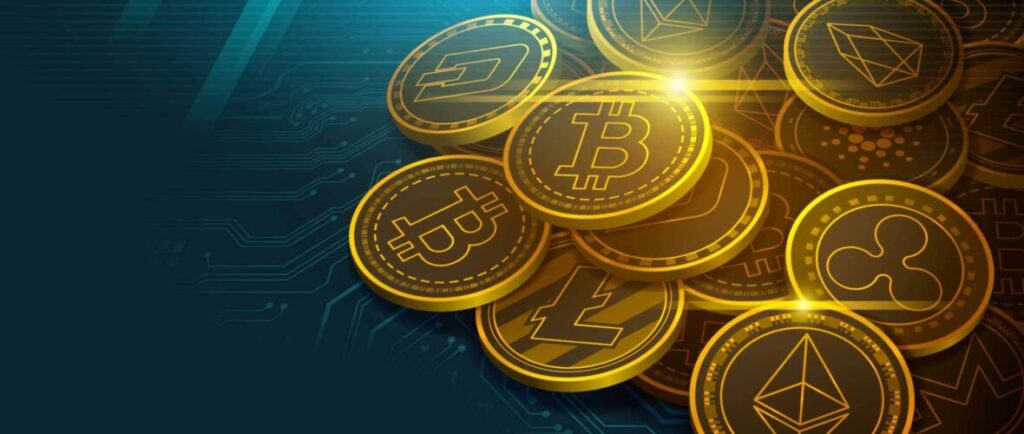Altcoins Unveiled: Navigating the Diverse World of Cryptocurrency
In the ever-expanding universe of cryptocurrencies, Bitcoin may have been the pioneer, but it’s only one star in a galaxy of digital assets. These alternative cryptocurrencies, or “altcoins,” have surged in popularity, offering unique features, use cases, and investment opportunities. In this article, we’ll take a closer look at altcoins, the diverse array of options they present, and how to navigate this exciting and rapidly evolving corner of the cryptocurrency market.
Beyond Bitcoin: The Rise of Altcoins
While Bitcoin enjoys its status as the “digital gold” of cryptocurrencies, altcoins represent a vast and growing ecosystem of digital assets. Altcoins are essentially any cryptocurrencies other than Bitcoin, and they come in a wide variety of flavors, each designed to serve a specific purpose or solve particular challenges.
Diverse Use Cases

One of the most fascinating aspects of altcoins is their diversity in use cases. Some altcoins, like Ethereum, have carved out niches as platforms for decentralized applications (DApps) and smart contracts. Others, such as Ripple (XRP), focus on facilitating cross-border payments for financial institutions. Still, others aim to improve upon Bitcoin’s shortcomings, such as Litecoin, which offers faster transaction confirmations.
Investing in Altcoins
For investors seeking opportunities beyond Bitcoin, altcoins provide a fertile ground. However, it’s essential to approach altcoin investments with diligence and a well-thought-out strategy.
Research is Key
Before investing in any altcoin, thorough research is paramount. Understand the project’s whitepaper, technology, team, and community support. Assess the real-world problem the altcoin aims to solve and its potential for adoption.
Diversification
Diversification is a common strategy in cryptocurrency investing. Spreading your investment across various altcoins can help mitigate risk. Consider factors such as market capitalization, technology, and the competitive landscape when building your altcoin portfolio.
Risk Management
Altcoin markets can be highly volatile, with price fluctuations that can be even more extreme than Bitcoin’s. It’s essential to assess your risk tolerance and allocate only what you can afford to lose. Consider using stop-loss orders and other risk management tools to protect your investments.
Wallet Security
Just like with Bitcoin, secure storage is vital when dealing with altcoins. Ensure that you use reputable wallets, particularly hardware wallets, to safeguard your digital assets.
Long-Term vs. Short-Term
Decide whether you’re looking for short-term gains or long-term investments. Some altcoins may be better suited for day trading, while others may align with a buy-and-hold strategy.
Staying Informed
The world of altcoins is constantly evolving. Staying informed about market trends, news, and developments is crucial. Joining online communities and forums dedicated to specific altcoins can provide valuable insights and a sense of the community’s sentiment.
Conclusion
Altcoins represent a diverse and vibrant landscape within the cryptocurrency market. While Bitcoin remains a foundational asset, altcoins offer unique opportunities for investors and innovators to explore new frontiers in finance, technology, and decentralization.
As you delve into the world of altcoins, remember that this journey is not without its challenges and risks. It’s a realm where innovation often outpaces regulation, and where success requires a combination of research, strategy, and resilience.
Ultimately, altcoins are a testament to the ongoing evolution of the cryptocurrency space, and for those willing to navigate this dynamic landscape, they offer a tantalizing glimpse of the future of digital finance and blockchain technology.